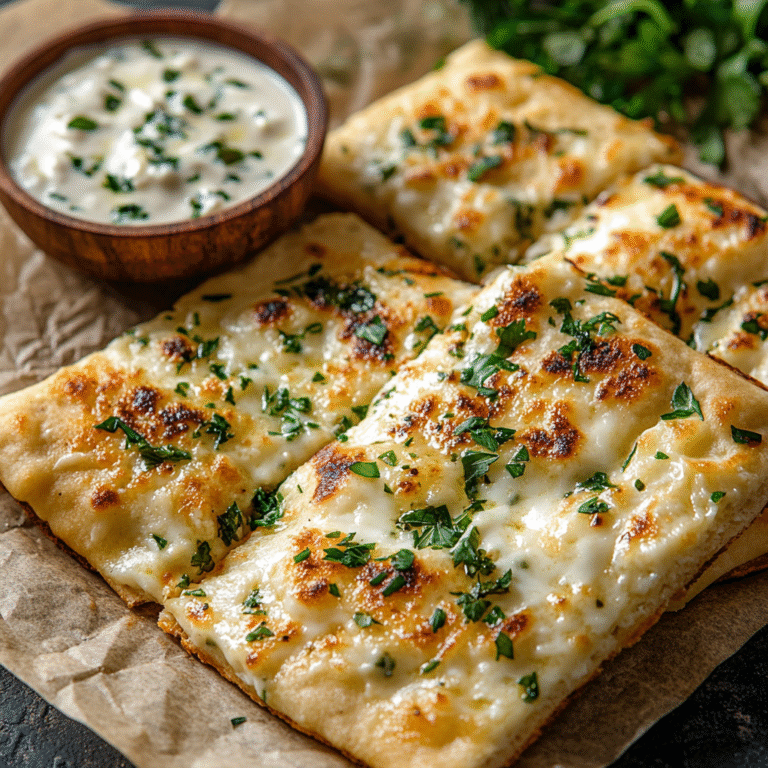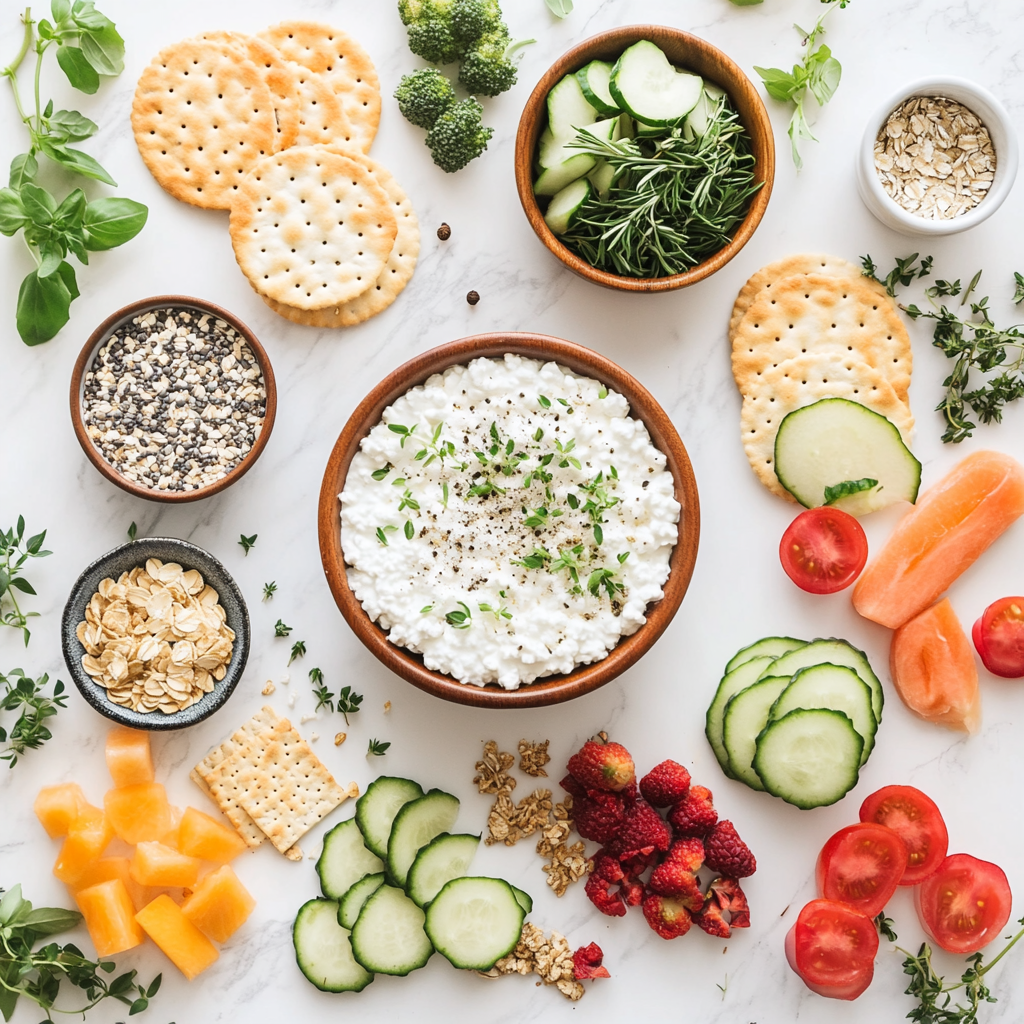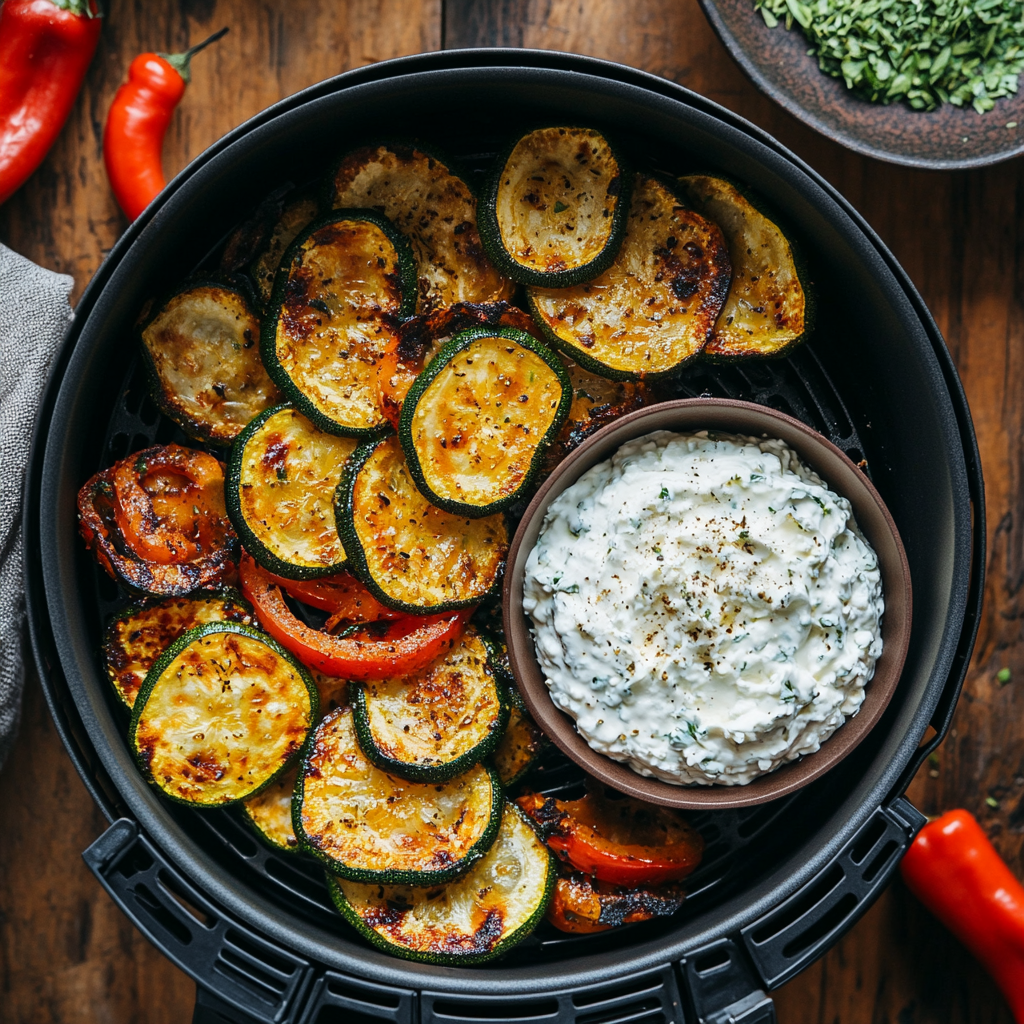Low fat cottage cheese isn’t just a bland diet food from the ’90s—it’s making a comeback, and for good reason. Packed with protein and calcium, this humble dairy hero works for breakfast bowls, savory meals, and everything in between. In this article, we’ll dive into why low fat cottage cheese deserves a permanent place in your meal rotation, how it stacks up nutritionally, and clever ways to enjoy it. Whether you’re looking for a post-workout snack or a base for quick recipes, this guide has you covered with delicious, practical insights—starting with a personal favorite of mine.
Table of Contents

Low Fat Cottage Cheese: 5 Amazing Benefits + Smart Picks
This creamy low fat cottage cheese recipe idea is protein-rich, easy to prep, and perfect for healthy meals any time of day.
- Total Time: 5
- Yield: 1 serving 1x
Ingredients
1/2 cup low fat cottage cheese
1 tsp cinnamon
1 banana, sliced
1 tsp almond butter
Optional: Protein cereal, fresh berries, rice cakes
Instructions
1. Scoop low fat cottage cheese into a serving bowl
2. Top with sliced banana and optional berries
3. Sprinkle with cinnamon evenly
4. Drizzle almond butter on top
5. Add crunch with cereal or rice cakes if desired
Notes
Try it savory by swapping fruit for cherry tomatoes, basil, and cracked pepper.
Keep cottage cheese fresh by storing it in an airtight container in the fridge.
- Prep Time: 5
- Category: Snack
- Method: No-cook
- Cuisine: American
- Diet: Low Fat
Nutrition
- Serving Size: 1 bowl
- Calories: 140
- Sugar: 6
- Sodium: 360
- Fat: 5
- Saturated Fat: 1.5
- Unsaturated Fat: 3.5
- Trans Fat: 0
- Carbohydrates: 10
- Fiber: 2
- Protein: 13
- Cholesterol: 15
How I Discovered the Power of Low Fat Cottage Cheese
Rediscovering an Overlooked Ingredient
Let me tell you how cottage cheese snuck back into my life. Years ago, I used to pass it by in the dairy aisle without a second glance. But during one summer, when I was experimenting with quick breakfasts and high-protein snacks to fuel my morning jogs, I gave it a second shot—and I haven’t looked back since.
I started with a bowl of low fat cottage cheese, fresh peach slices, and a sprinkle of cinnamon. It was creamy, sweet, and satisfying without the sugar crash. That single bowl turned me into a believer. I began mixing it into pancake batter, whipping it into dips, and even folding it into my air fryer veggie frittatas.
You’d be surprised at how versatile low fat cottage cheese really is. It’s a refrigerator MVP—creamy enough to use in spreads, thick enough for spooning, and mild enough to play well with sweet or savory toppings. If you’ve ever tried my Cottage Cheese Flatbread Recipe, you know what I mean. The texture gets beautifully chewy when baked, and it adds richness without the guilt.

Why Low Fat Cottage Cheese Works for My Lifestyle
As someone who juggles cooking for energy and flavor, low fat cottage cheese checks a lot of boxes. It’s low in calories, high in protein, and doesn’t weigh me down. I can throw it in a bowl with protein cereal or tuck it into a savory wrap with roasted veggies and herbs.
Plus, it’s a budget-friendly way to stay full without relying on meat. If I need something crunchy on the side, a handful of protein chips and some veggies with cottage cheese dip gets me through the afternoon.
I like how flexible it is—it’s not just a breakfast item or a weight-loss food. It’s what you make it. And with all the different textures and curd sizes available today, it’s way more palatable than you remember.
Browse even more creative ideas in my guide to Cottage Cheese Recipes for Healthy Meal Ideas.
Why Low Fat Cottage Cheese Is a Nutritional Powerhouse
Protein-Packed, Low-Calorie Goodness
Let’s talk numbers—because when it comes to choosing smart ingredients, knowing the nutrition label can help you make quick, confident decisions. One of the biggest reasons I keep low fat cottage cheese stocked in my fridge? The balance. It’s packed with muscle-loving protein but without the heavy fat load of the full-fat versions.
On average, a ½ cup of low fat cottage cheese (2%) delivers around 90 calories, 12 grams of protein, and just 2 grams of fat. That means you’re getting a satiating, slow-digesting protein that keeps hunger in check—great for everything from post-workout snacks to late-night cravings. According to Harvard’s School of Public Health, incorporating low-fat dairy products like cottage cheese can contribute to a balanced diet without increasing saturated fat levels.
Compared to yogurt or nut butter, it offers fewer carbs and more protein per calorie. While yogurt tends to be higher in sugars (even the plain versions), cottage cheese has only 3–4 grams of carbs, making it a smart choice for low-carb or keto-inspired meals. I often reach for it instead of cream cheese in dips or spreads. Trust me—your veggie tray will thank you.
This is also why it’s featured in my Late Night Food Healthy Options roundup—it gives comfort-food vibes without the heaviness.
2%, 4%, or Fat-Free: What’s Best for You?
Now, here’s the scoop on those cottage cheese varieties you see lined up in the dairy case. The 2% version, often labeled “low fat,” strikes the sweet spot for many of us. It’s rich enough for texture and flavor but still light enough to support your wellness goals. That’s the version I use most often—it blends beautifully and doesn’t feel overly watery.
But if you’re after a creamier, more indulgent bite, 4% full-fat cottage cheese is going to deliver that extra mouthfeel. It’s not bad for you in moderation—actually, the fat can help with satiety and absorption of fat-soluble vitamins. I like to use it in dishes where cottage cheese is the main star, like in baked pastas or savory casseroles like my Chicken Cutlet Recipe topped with creamy cheese layers.
On the opposite end, there’s fat-free cottage cheese. Yes—it exists, but I’ll be honest with you: it’s not for everyone. The texture can feel a bit dry or grainy, and without a little fat to carry flavor, it can taste bland. If you’re committed to a super low-calorie diet or watching every gram of fat, it might suit you. But if flavor matters (and we know it does), low fat (2%) is a balanced middle ground.
Fun fact: For a light breakfast that keeps me fueled, I love pairing low fat cottage cheese with rice cakes and sliced strawberries or tomatoes—it’s the kind of meal that feels light but lasts you hours.
Smart & Tasty Ways to Use Low Fat Cottage Cheese
From Breakfast Bowls to Savory Dinners

You don’t have to settle for eating cottage cheese plain (unless you want to—it’s a solid quick bite). I’m all about turning it into something crave-worthy with just a few pantry staples or fresh finds. One of my go-to breakfasts is a sweet cottage cheese bowl. I take ½ cup of low fat cottage cheese, top it with sliced bananas, cinnamon, and a drizzle of almond butter. Sometimes, I’ll toss in some protein cereal for crunch. It keeps me full and focused for hours.
But don’t stop at sweet. Cottage cheese can also play lead in savory meals. Try blending it into your scrambled eggs or adding dollops on top of a baked sweet potato with sautéed kale and garlic. The heat slightly melts the cheese and gives you this creamy, rich texture without needing butter or sour cream.
If you’re prepping ahead, mix low fat cottage cheese with chopped herbs, lemon zest, and black pepper for a quick veggie dip. I love this combo with cucumber sticks or even spread on a slice of sourdough. It’s the kind of simple magic that works for snacks, lunches, and picnic platters.
Want more dinner-worthy inspiration? My Homemade Pancake Mix Recipe is perfect for making savory cottage cheese pancakes—add chives, garlic powder, and a dash of chili flakes for a fun twist.
Air Fryer Magic Meets Cottage Cheese
Now, here’s where things get extra fun. One of the most satisfying combos I’ve stumbled on is pairing low fat cottage cheese with air fryer creations. Think roasted chickpeas, crunchy air-fried zucchini, or even breaded tofu bites. I use the cottage cheese as a creamy dip base—sometimes mixed with hot sauce, sometimes with garlic and tahini.

Another trick? Blending low fat cottage cheese with a bit of garlic powder and nutritional yeast to make a creamy spread that’s perfect for protein chips.
I even use it to top baked dishes. One recent favorite: spreading cottage cheese over a bed of sautéed mushrooms and spinach in a ramekin, cracking an egg on top, and air-frying it until set. It’s one of those “how is this healthy?” meals that still feels rich and comforting.
The bottom line? Low fat cottage cheese is more than a basic snack—it’s a flexible ingredient that belongs in your recipe rotation. Whether you’re adding it to bowls, bakes, or bites, it blends seamlessly into your flavor game.
Is Low-Fat Cottage Cheese Healthy?
Absolutely. Low fat cottage cheese offers a powerful mix of high-quality protein, low fat content, and essential nutrients like calcium, phosphorus, and B vitamins. It’s especially valuable if you’re looking to support muscle recovery, maintain a healthy weight, or stabilize blood sugar throughout the day. Thanks to its high casein protein, it digests slowly—keeping you full longer and helping curb late-night cravings.
That’s why I often include it in my late night food ideas. Just pair it with some crunchy veg or a few rice cakes and you’ve got yourself a guilt-free, body-loving snack.
What Is the Healthiest Cottage Cheese to Buy?
When shopping for the healthiest option, I recommend looking for:
Low fat (1–2%) versions with no added sugars
Simple ingredients: milk, cream, salt, and cultures—skip gums or thickeners
Live & active cultures, if possible, for gut health benefits
Brands like Good Culture and Nancy’s have solid reputations, but always double-check labels. I personally go for a 2% option that’s minimally processed—it delivers that creamy texture and clean flavor without unnecessary extras.
Which Is Better: 2% or 4% Cottage Cheese?
It depends on your goals. 2% cottage cheese offers a balance of flavor and lower fat, making it ideal for everyday use if you’re watching calories or saturated fat. That’s what I use 90% of the time—it works in both savory and sweet dishes.
On the other hand, 4% cottage cheese is a little richer and more satisfying for recipes that benefit from extra creaminess, like lasagna or baked dips. If you’re not overly concerned with fat intake and want that indulgent texture, it’s a great choice.
Does Fat-Free Cottage Cheese Exist?
Yes—but it’s not for everyone. Fat-free cottage cheese is available and often marketed toward weight-loss or strict low-fat diets. However, the lack of fat can impact texture and taste, making it less satisfying or slightly dry.
If you do try fat-free, enhance it with flavorful toppings or blend it into dips. But in most kitchens (mine included), low fat cottage cheese strikes the better balance for taste, nutrition, and versatility.
Low fat cottage cheese is one of those ingredients that quietly outperforms its reputation. It’s fast, filling, and endlessly adaptable. From busy breakfasts to protein-packed snacks and even air fryer pairings, it brings both nutrition and comfort to the table.
So the next time you’re cruising the dairy aisle, don’t skip over the tub of low fat cottage cheese. Grab it. Get creative. And let your curiosity lead the way.
